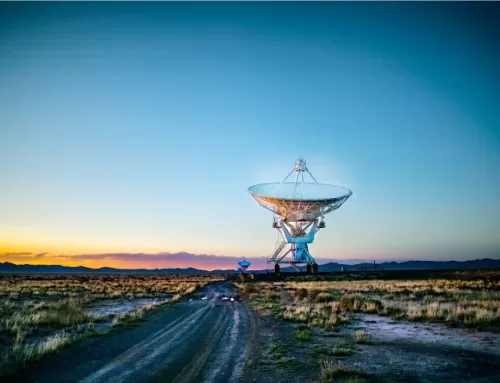[NOTE: We will occasionally be featuring some blog posts from student scanning hits in World futures class.].
Up until now there were two predominant ways to effectively search for extraterrestrial life. For very far away worlds, planet hunters execute a spectrographic analysis of a planet’s atmosphere. Different chemical compositions would emit different light in specific wavelengths and in this way we could know if there is water, or even metabolical byproducts of life or industry present. In a more tactile situation (such as a rover on Mars), a standard chemical analysis could be made. Both of these methods rely heavily on chemistry.
However, along with other collaborators, scientist at the University of Lausanne devised a new approach: Scanning for vibrations which would indicate metabolic movement and processes! A nano-sample of whatever is suspected to be life harboring, is deposited onto a nano-sized cantilever which scans it with a laser more than once. In a sense it makes a sequence of images which are then used to detect nanomotion. For those into scientific jargon the whole thing would sound something like this: “We have devised a nanomotion detector to study these fluctuations and to associate them to the metabolic activity of the specimens,” says the scientists[1].
Just as exciting is its application for the pharmaceutical industry: Antibiotic and cancer drugs are both supposed to kill malevolent cells in the body. New drugs can now be tested in this way to see if they are really up to the challenge.
So, in space or lab – if it moves it is (still) alive! http://www.eurekalert.org/pub_releases/2014-12/epfd-del122914.php – Johann Shutte
[1] http://www.pnas.org/content/112/2/378.abstract

